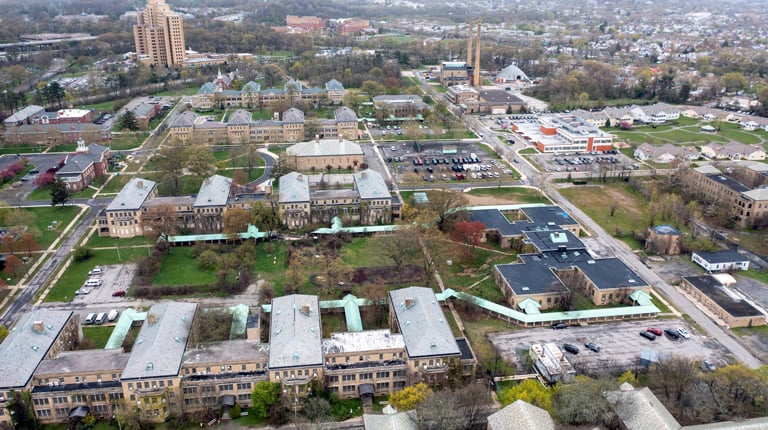
The Connecticut Department of Energy and Environmental Protection (CTDEEP) recently released a draft of the revamped Construction Stormwater General Permit, which includes several changes that ease regulatory hurdles for solar developments. CTDEEP sought input from a select team of developers and consultants, including VHB, for suggestions that would make solar projects more financially viable and easier to navigate.
The Construction Stormwater General Permit (SGP) requires developers and builders to prevent construction site sediments from being discharged offsite or into known protected resources. Under the permit, developers also have an obligation to monitor and address the impacts of stormwater discharges from a project after construction is complete. DEEP reissues the SGP every five years, soliciting public comments and updating regulations as necessary.
Because of his trusted relationship and 15 years of experience working with CTDEEP, the Department reached out to CT Energy Market Lead Steve Kochis and invited him to be on the select advisory team that proposed updates to the permit’s solar development guidelines. A majority of the team’s recommendations focused on reducing the strict regulations on solar design criteria, frequency of inspections, and requirements for stabilization.
A recently released draft of the updated SGP reflects some of the team’s suggestions, with decreased restrictions and greater financial incentives for developers. Weekly inspections are no longer required for solar projects that cease construction activity during the winter, pending heavy rainfall or extreme weather events. Additionally, monthly inspections on vegetated solar sites are now required for only two years, rather than two full growing seasons.
Finally, the SGP adjusted the reimbursement regulations for the Letter of Credit—the amount of money that developers deposit to CTDEEP to allow the Department to step in for erosion remediation efforts if needed. Developers will now receive a larger portion of their Letter of Credit back earlier in the project, a significant improvement over the previous rigid and small reimbursement increments.
“Of note, there has not been a reported erosion incident from a Connecticut solar project over the last five years under the current SGP, so we thought it was time to peel back some of the complex, tricky regulations that can turn people away from solar projects,” said Steve. “We want to make this work less onerous and more financially attainable for developers so that the State of Connecticut can continue on their intended path to be carbon free for energy by 2040.”
Learn how VHB provides support throughout the project lifecycle to meet our solar clients’ engineering, survey, environmental, and permitting needs.


